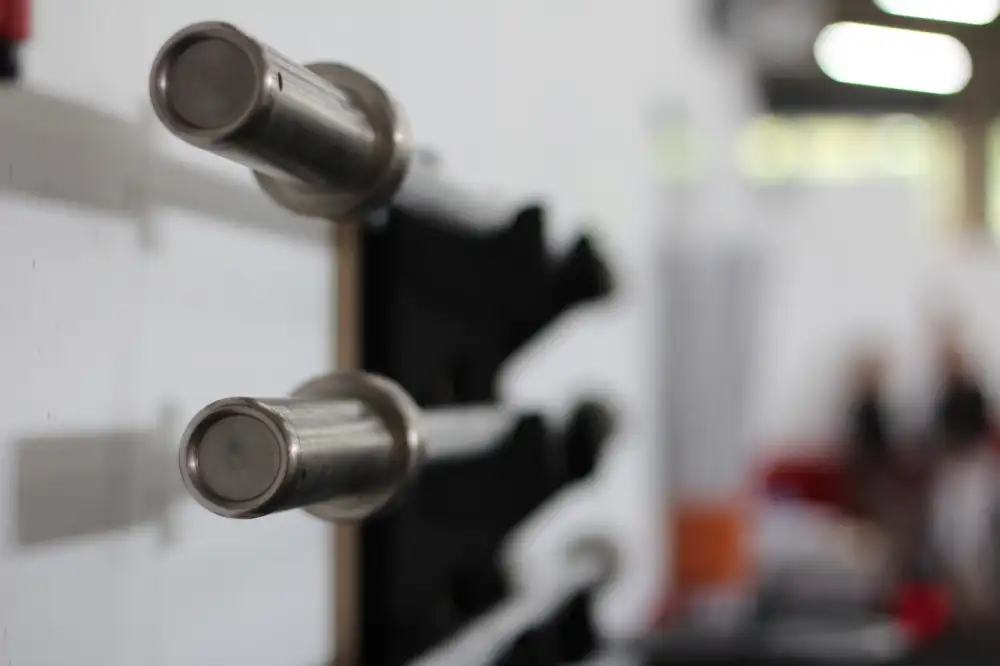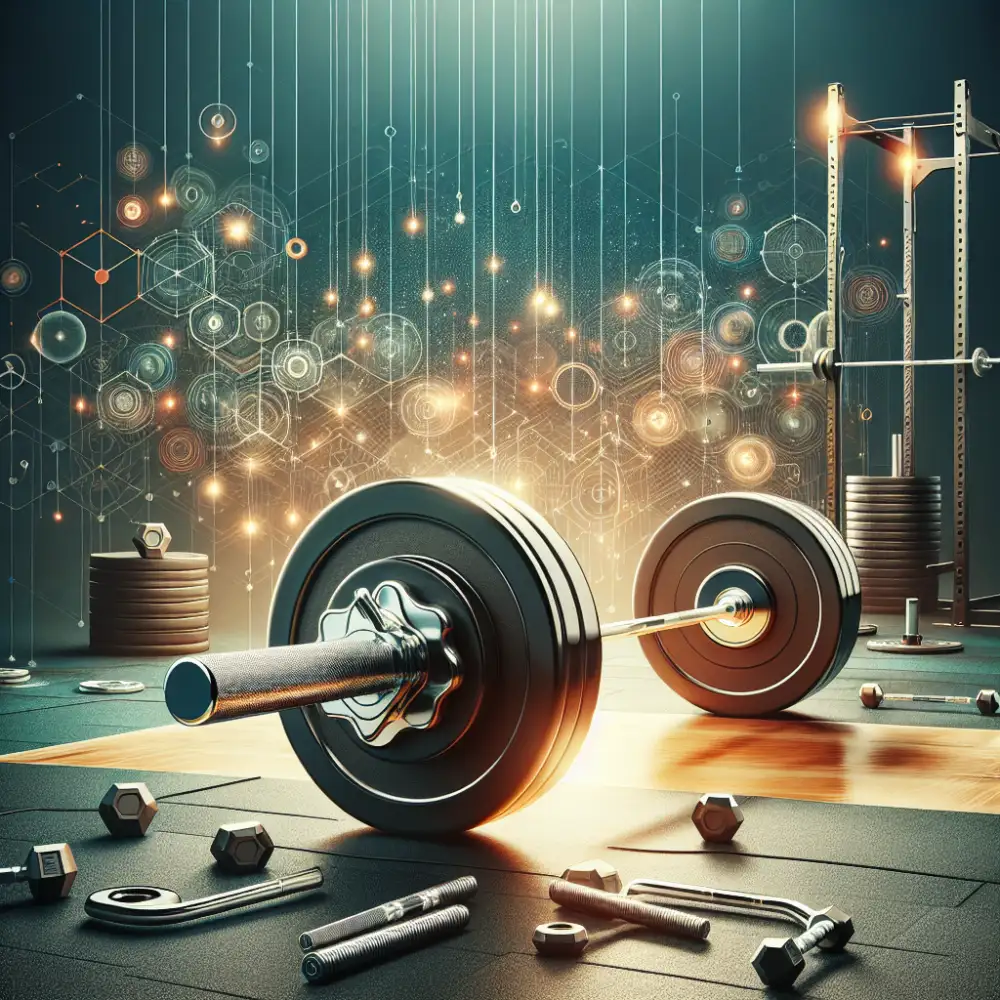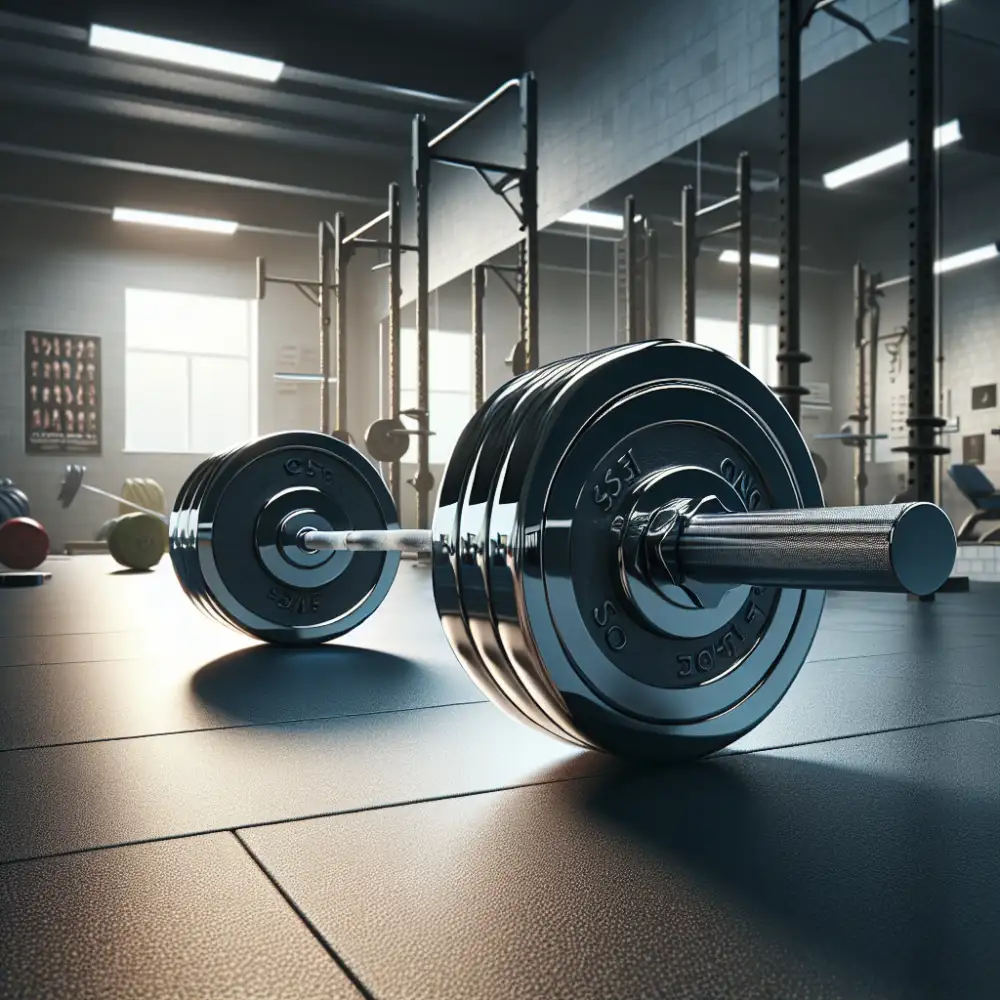Master the Clean Barbell: Your Ultimate Guide to Strength and Power

What is a clean barbell?
A clean barbell is more than just wiping down the knurling after a workout. It's about maintaining the integrity and longevity of the bar itself. This means regularly cleaning the bar with a dedicated barbell brush to remove chalk, sweat, and grime that can build up over time and cause corrosion.
A clean barbell is also free of rust and oxidation, often prevented with a light coat of barbell oil after each cleaning. Remember, a clean barbell is a happy barbell, and a happy barbell means better workouts for you.
Muscles worked during a clean
The clean is a full-body exercise, but some muscles are working harder than others. The first pull, where you lift the bar off the ground, primarily uses your quads, glutes, and hamstrings. Your back muscles, particularly the erector spinae, work to keep your torso upright. As you transition into the second pull, explosively extending your hips and legs, your glutes, hamstrings, and calves are heavily engaged. Simultaneously, your traps and shoulders come into play, shrugging the bar upwards. Finally, during the catch, where you pull yourself under the bar, your triceps and front deltoids work to stabilize the weight at the front rack position. Throughout the entire lift, your core muscles, including your abs and obliques, are crucial for maintaining stability and transferring power.
Benefits of clean barbells
Clean barbells are essential for a hygienic and enjoyable workout experience. Sweat, dirt, and bacteria can accumulate on barbells over time, increasing the risk of skin infections and other health issues. Regular cleaning helps to prevent the spread of germs and keeps the equipment in good condition. Moreover, clean barbells simply look and feel better to use, enhancing your overall workout environment. By taking a few minutes to wipe down barbells before and after each use, you can contribute to a healthier and more pleasant gym for everyone.
id="clean-barbell-variations">Clean barbell variationsClean barbell technique
A clean barbell technique is crucial for safe and effective weightlifting. Start with your feet hip-width apart, with the barbell over your mid-foot. Keep your back straight, chest up, and core engaged. Grip the bar slightly wider than shoulder-width, using an overhand grip. Initiate the lift by extending your legs, keeping the barbell close to your body. As the bar passes your knees, explosively extend your hips and pull the bar upwards. Rotate your elbows under the bar and catch it in a front rack position, with your elbows high and the bar resting on your shoulders. Stand tall with your core engaged. Lower the bar with control, reversing the movement. Remember to use proper form and start with a weight you can handle safely.

Common mistakes
One frequent error is neglecting to proofread carefully. Always double-check your work for spelling, grammar, and punctuation errors. Another common mistake is using jargon or technical terms that your audience may not understand. Keep your language clear, concise, and easy to follow. Many writers make the mistake of not knowing their audience. Before you start writing, take some time to think about who you are writing for and what they are interested in. Finally, don't be afraid to get feedback from others. Asking a friend, colleague, or writing group to review your work can help you identify areas for improvement.
Safety tips and precautions
Always prioritize your safety and the safety of others. Before starting any activity, thoroughly assess the risks and take necessary precautions. Use appropriate safety gear, such as helmets, gloves, and protective eyewear, when needed. Familiarize yourself with the equipment or tools you'll be using and follow the manufacturer's instructions carefully. Be mindful of your surroundings and potential hazards. If working with others, communicate clearly and maintain a safe distance. Never hesitate to ask for help or guidance if you're unsure about something. Remember, it's better to be safe than sorry.
Programming and incorporating cleans
Programming cleans in your facility is essential for maintaining a healthy and safe environment. Start by identifying areas that require regular cleaning, such as restrooms, floors, and common areas. Determine the frequency of cleaning needed based on usage and industry standards. Develop a cleaning schedule that outlines specific tasks, frequencies, and assigned personnel.
Consider using a color-coded system for cleaning tools and products to prevent cross-contamination. Provide clear instructions and training to cleaning staff on proper cleaning procedures, chemical handling, and safety protocols. Regularly monitor and evaluate the effectiveness of your cleaning program, making adjustments as needed to ensure a consistently clean and hygienic environment.

Published: 15. 06. 2024
Category: Food



